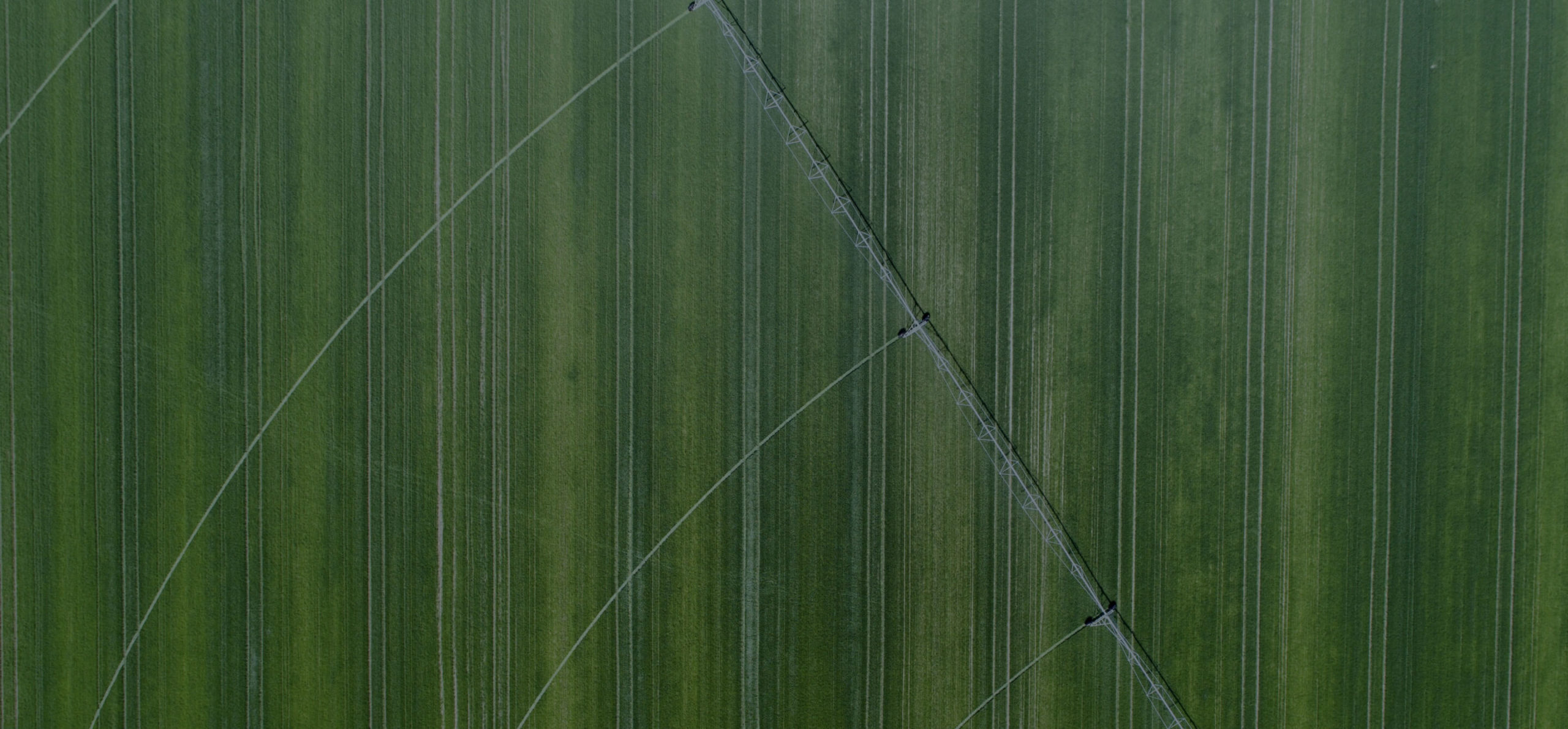What is groundwater?
Welcome to our series on Water Risk Themes in the West. In this post, we explore how groundwater management affects agriculture in the western United States.
Groundwater is water that is stored beneath the land surface, in what are called “aquifers.” Aquifers are like underground lakes or reservoirs. Groundwater is an important source of freshwater in the United States, supplying approximately 30% of our total withdrawals for domestic, municipal, industrial, and agricultural uses.
Groundwater is important for agriculture in the western United States, but reliance on groundwater varies among states and regions within a state. In drought years, groundwater supplies up to 73% of irrigation water use in California, but only averages about 1% in Montana. Groundwater is often the only source of irrigation water, but in some areas such as California’s Central Valley and Central Arizona it is also used as a bank account to provide supplemental supply when surface supplies are insufficient during droughts. Increasingly, intentional recharge is being used to store surface water supplies in the ground for later use.
Groundwater rights in the West
States vary substantially in their laws governing groundwater use, with some recognizing appropriative rights (e.g., Kansas and Nevada) and others recognizing correlative or overlying rights (e.g., Nebraska and California). Generally, appropriative rights are seniority-based, so that junior users are curtailed first in times of water scarcity. Correlative rights, on the other hand, require that available water be shared among overlying land owners. Most western states now have laws in place to manage groundwater use where over-appropriation or water quality has become an issue. However, some of these laws may be implemented over a long time period (e.g., California’s Sustainable Groundwater Management Act of 2014); may plan not for groundwater sustainability, but for managed aquifer decline (e.g., the Texas High Plains); or may not cover the entire state (e.g., Arizona’s Groundwater Management Act of 1980). In some western states, groundwater is managed at the state level (e.g., Idaho, Nevada, and New Mexico), whereas in others, it is managed at a local level (e.g., Nebraska, Kansas, Colorado, and Texas).
Groundwater management at-a-glance
California faces the most acute risk of reduced irrigation due to new groundwater management. Arizona faces groundwater depletion and increased pumping costs. In the other western states, groundwater depletion and related impacts have generally not been as severe and widespread, although some local aquifers have required active management. Highlights include:
- In Arizona, agricultural areas under active management have accumulated substantial groundwater credits. In the short-term, these areas plan to increase pumping in 2022 and beyond to mitigate large cuts in Central Arizona Project deliveries from the Colorado River. Other areas in the state not under active management are experiencing groundwater depletion, well impairment, and increased pumping costs.
- In California, the Sustainable Groundwater Management Act will require a combination of increasing recharge and reducing groundwater pumping over the next 20 years. In some basins, the potential deficit suggests some permanent land retirement. The state has and probably will continue to provide significant financial assistance to support planning, recharge, and conservation.
- In Kansas, the development of Intensive Groundwater Use Control Areas (IGUCAs) and Local Enhanced Management Areas (LEMAs) has tightened groundwater use for irrigated agriculture.
- In Idaho, the Department of Water Resources plans to curtail more than 300 junior groundwater users on the Snake River basin, unless those users join one of seven approved mitigation plan. This action is intended to help fill a 162,000 acre-feet shortage of senior water rights.
- In Nebraska, local Natural Resources Districts have developed Integrated Management Plans (IMPs). If the basin is over-appropriated, the NRD must make plans to bring it back to a fully-appropriated status. Currently, the Platte Basin is designated as over-appropriated.
- In Nevada, numerous groundwater management actions are ongoing, spearheaded by the state Division of Water Resources, with several being challenged in state courts. These groundwater management actions include adjudication, management planning, merging of administrative boundaries, metering and reporting, and more.
- In New Mexico, all agricultural groundwater use is metered and reported. Groundwater levels are declining in most of the state’s agricultural areas due to drought and over-appropriation. In some areas, the declines are increasing the chance of well failures.
- In Oregon, some groundwater basins are regulated by Oregon Water Resources Department to prevent overdraft and protect senior water rights.
- In Texas, there are 16 groundwater management areas, each of which have so-called Desired Future Conditions, which are planning objectives for the affected aquifer(s). Some of these areas have plans for no drawdown, whereas others have planned depletion.
- In Utah, groundwater is managed conjunctively with surface water. All unadjudicated water rights, surface water and groundwater, are currently being adjudicated.
- In Washington, groundwater depletion is a continuing issue for the Odessa subregion of the Columbia Basin Project.
Groundwater quality is a rising issue in some areas including the southern Willamette Valley in Oregon and the Lower Yakima Basin in Washington, among others.
Customized groundwater management analysis
Do you need an assessment of groundwater management on your agricultural operation? Contact our team of experts to inquire.



